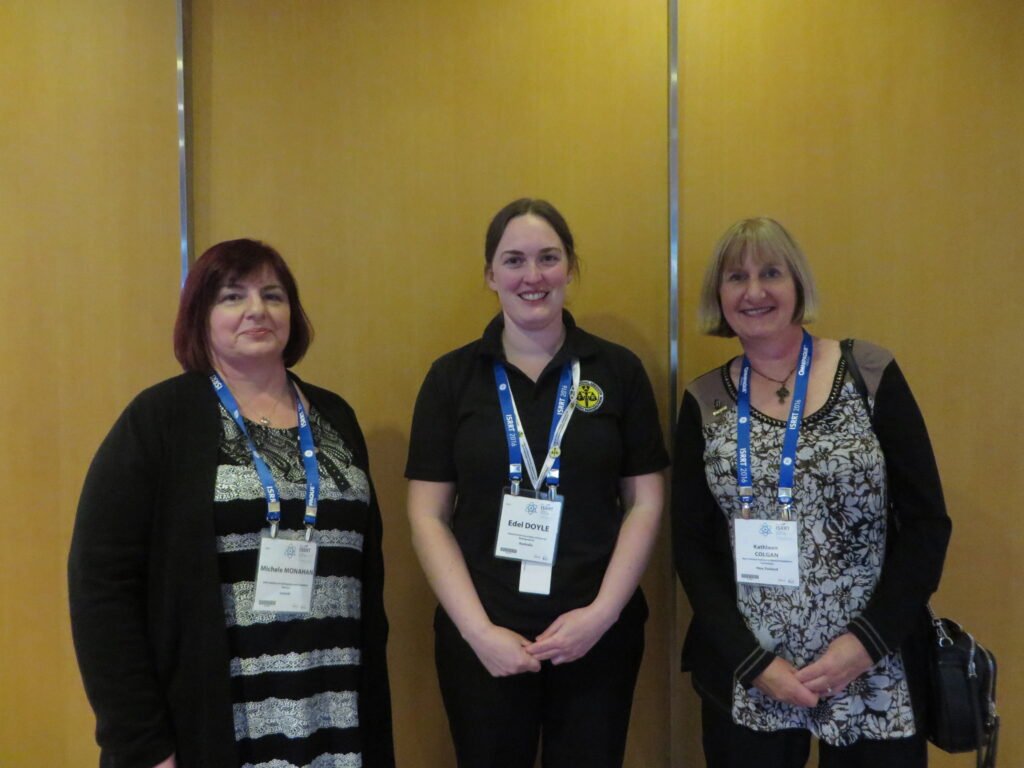
Guidelines for Imaging to Estimate Bone Age in Medio-Legal Situations
Purpose: To promote awareness of the best practice guidelines resulting from collaborative between the International Society of Forensic Radiographers and Radiologic Technologists (ISRRT) and the International Association of Forensic Radiographers (IAFR)
Materials & Methods: Forensic radiography applies to any imaging that is used to answer questions of law. Refugees seeking asylum and human trafficking are a growing problem internationally. Some countries have suggested the use of radiography for age estimation to inform asylum seeker applications, as applications for asylum for children are processed differently than those of adults. Different imaging techniques have been suggested which include x-rays, ultrasound, MRI and CT.
Results: Medico-legal considerations for Radiographers include Justification (risk versus benefit) in a medico-legal setting, as well as obtaining valid consent. A Working Group led by the IAFR has consulted with other professions to establish what imaging techniques should be employed to minimise radiation dose to the refugee or victim of human trafficking whilst providing the legal authorities with the information required to estimate the age of the individual.
Conclusions: It is anticipated that the publication of these guidelines will assist Radiographers who image refugees or victims of human trafficking to ensure best practice is provided worldwide.
Keywords: bone, age, estimation, refugee, asylum seeker
The Role of Radiography in Mass Fatality Incidents
Purpose: To promote the valuable role that radiographers can play in the event of a Mass Fatality Incident
Materials & Methods: X-rays have been applied to forensic examinations for over 100 years but the last 10 years has seen rapid development and expansion of this field, including the use of post-mortem CT and angiography. A group of radiographers in the UK took the lead when the need for a trained team of forensic radiographers ready for rapid deployment in mass fatality events was identified. They created the United Kingdom Forensic Radiography Response Team (UKFRRT). This has now developed into a sub-group of the International Association of Forensic Radiographers (IAFR) who lead in the development, training and standards for radiographers who provide forensic imaging services. The application of radiography to emergency preparedness and disaster victim identification has seen a huge expansion and the London Bombings investigation was one of the first times a forensically trained team of radiographers, UKFRRT, was deployed as an integral part of the emergency mortuary team.
Results: Lessons learned from past experiences and considerations when establishing a Forensic Radiography Response team will be discussed. As part of the multidisciplinary team in disaster victim identification following a mass fatality incident, radiographers are the experts in providing a high quality imaging service. It is important that we understand the value of the contribution that our images can make to the investigation, as well as the medico-legal considerations of being involved in such a situation.
Conclusions: Internationally, the use of forensic imaging continues to expand in disaster victim identification and emergency response. The forensic radiographer should play a key role in the provision of images that may contribute to the investigation.
Keywords: forensic, radiography, mass, fatality, incidents
